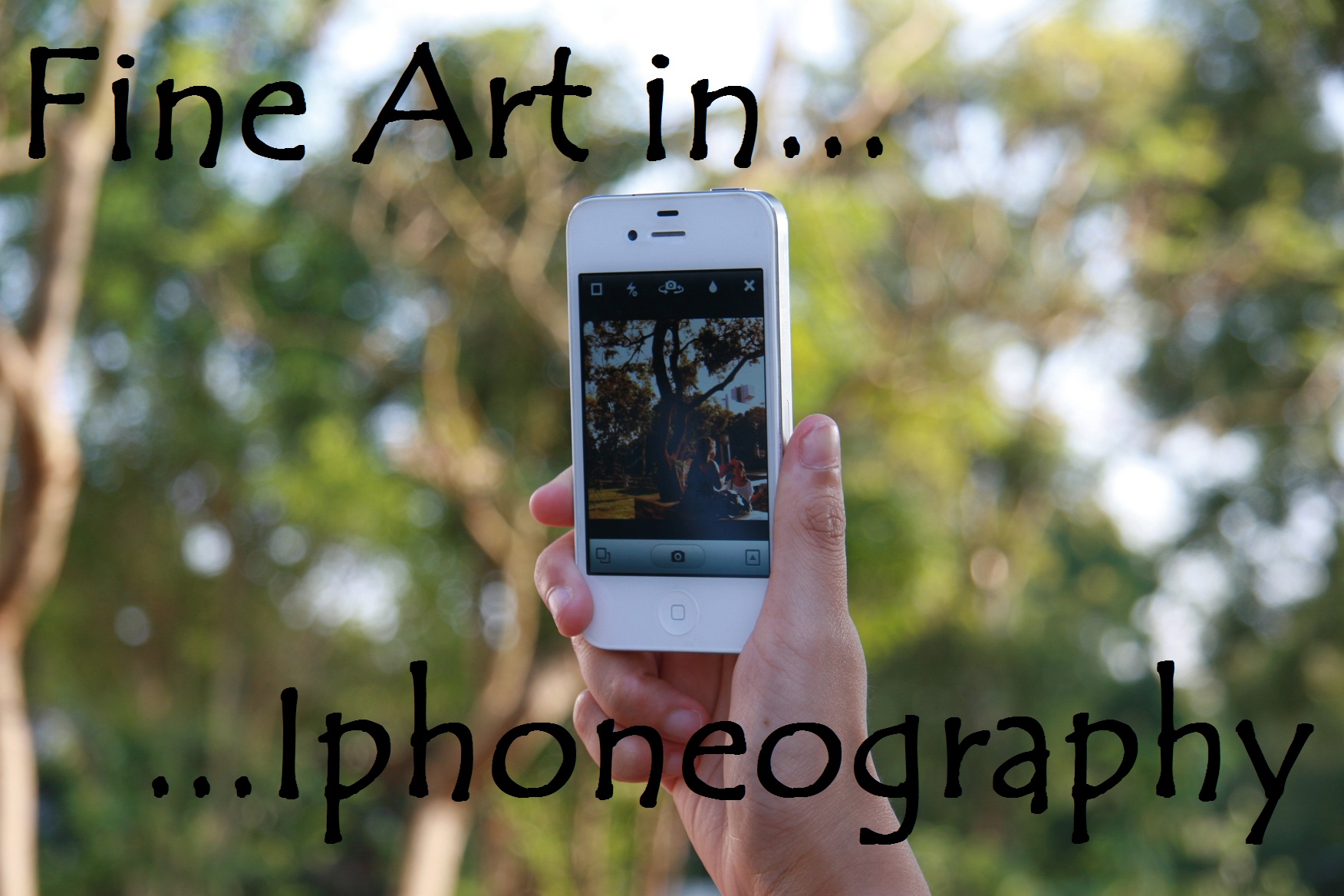Editor: Gavin Li
Reporters: Jennifer Lam, Lindy Wong and Stephanie Cheng
- About Us
- Editor’s Note
- Periscope
- AllApril 2011-Hong Kong IdentitiesApril 2012 – HK’s Ailing Health SystemApril 2013 – An Inhabitable City?April 2014 – Hong Kong’s China Fix?April 2015 – Reimagining Public SpaceApril 2016 – Waiting for the Green Leap ForwardApril 2017 – Information and its DiscontentsApril 2018 – Turbulence ahead?April 2019 – Finding the Right CareApril 2021 – Escaping the MatrixDec 2011- Forgotten but not GoneDec 2012 -Our place Our HomeDecember 2010 – Poverty in Hong KongDecember 2013 – Hong Kong’s Mental Health WoesDecember 2014 – Information to OpinionDecember 2015 – Is Hong Kong International, Transparent and Efficient?December 2016 – That which divides usDecember 2017 – Labour PainsDecember 2018 – Space HuntDecember 2019 – Border TerrorsDecember 2020 – Planes in QuarantineMarch 2011 – Dissecting DSS SchoolsMarch 2012-Language wars in Hong KongMarch 2013 – Hong Kong’s Coming Culture WarMarch 2014 – For the Greater GoodMarch 2015 – Civic AwakeningMarch 2016 – Remaking our CommunitiesMarch 2017 – 20 Years LaterMarch 2018 – Made in Hong Kong ReduxMarch 2020 – Aid from All Quarters
- Our Community
- Lifestyle
- People
- Multimedia
- Photofeat & V Choice
- Specials
- AllCE Election 2017TerminologyCentral and Western District Council By-election 2017District Council Polls 2015District Council Polls 2019LegCo 2016Election FeaturesMy First VoteWhat you should knowWhere they standLegislative Council By-Elections 2018Legislative Council Kowloon West By-Election 2018New Territories East By-Election 2016Taiwan Election 2012Taiwan Election 2016
- Varsity at 25
- E-Book
- Past Issue
Varsity is an award-winning magazine created for the tertiary students and faculty of Hong Kong. It is written, edited and designed by students in the School of Journalism and Communication at the Chinese University of Hong Kong.
Contact us: varsity@cuhk.edu.hk










































